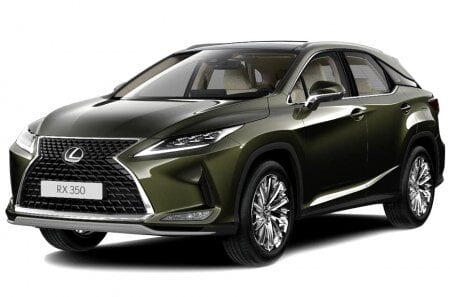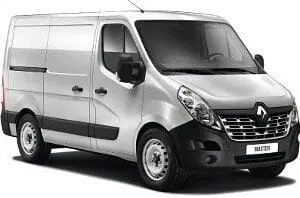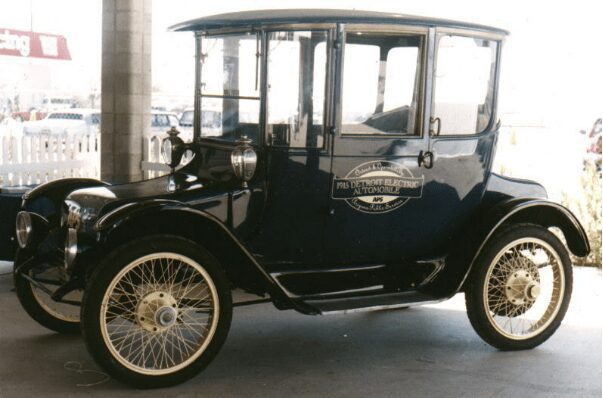
The history of the Detroit Electric brand
Content
The Detroit Electric car brand is produced by the Anderson Electric Car Company. It was founded in 1907 and quickly became a leader in its industry. The company specializes in the production of electric vehicles, so it owns a separate niche in the modern market. Today, many models released in the first years of the company's existence can be seen in popular museums, and old versions can be purchased for huge sums, which only collectors and very wealthy people can afford.
Cars became a symbol of automotive production at the beginning of the 2016th century and won the genuine interest of car lovers, since they were a real sensation in those days. Today "Detroit Electric" is already considered history, despite the fact that in XNUMX only one model of modern electric cars was released in limited quantities.
Detroit Electric founded and developed
The history of the company began in 1884, but then it was better known under the name "Anderson Carriage Company", and in 1907 it began work as "Anderson Electric Car Company". The production was located in America, in the state of Michigan. Initially, all Detroit Electric vehicles used lead-acid batteries, which in those days were an excellent resource at an affordable price. For several years, for an additional fee (which was $ 600), car owners could install a more powerful iron-nickel battery.
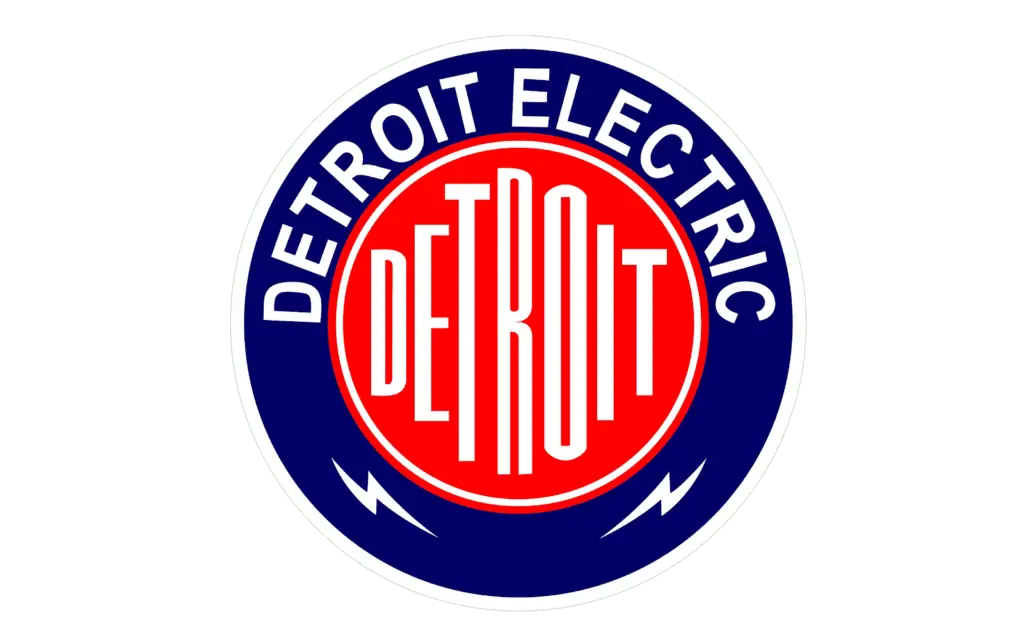
Then, on a single battery charge, the car could drive about 130 kilometers, but the real figures are much higher - up to 340 kilometers. Detroit Electric cars could reach speeds of no more than 32 kilometers per hour. However, for driving in a city at the very beginning of the XNUMXth century, this was a very good indicator.
Most often, women and doctors bought electric cars. Variants with internal combustion engines were far from available to everyone, since in order to start the car, a lot of physical effort was required. This was also due to the fact that the models were very beautiful and elegant, had curved glass, which was expensive to manufacture.
The brand peaked in popularity in 1910, when the company sold from 1 to 000 copies every year. The popularity of electric vehicles was also influenced by the huge price of gasoline that rose after the First World War. Detroit Electric models were not only convenient, but also affordable in terms of service. In those days, they were owned by John Rockefeller, Thomas Edison, and also Henry Ford's wife Clara. In the latter, a special child seat was provided, in which one could ride until adolescence.
Already in 1920, the company was conditionally divided into two parts. Now bodies and electrical components were produced separately from each other, so the parent company was named “The Detroit Electric Car Company”.
Liquidation and revival

In the 20s, the cost of cars with internal combustion engines dropped significantly, which led to a decrease in the popularity of electric vehicles. Already in 1929, the situation worsened greatly with the onset of the Great Depression. Then the company failed to file for bankruptcy. Employees continued to work only with single orders, which were already few in number.
It wasn't until the stock market crash in 1929 that things got really bad. The most recent Detroit Electric was sold in 1939, although many models were available until 1942. During the entire existence of the company, 13 electric vehicles have been made.
Today, rare working cars can get a license because the speed of 32 kilometers per hour is considered too low. They are used only for short distances and in rare cases, as there are problems with replacing the batteries. Model owners do not use them for personal purposes, they are most often purchased as part of collections and as a museum piece.
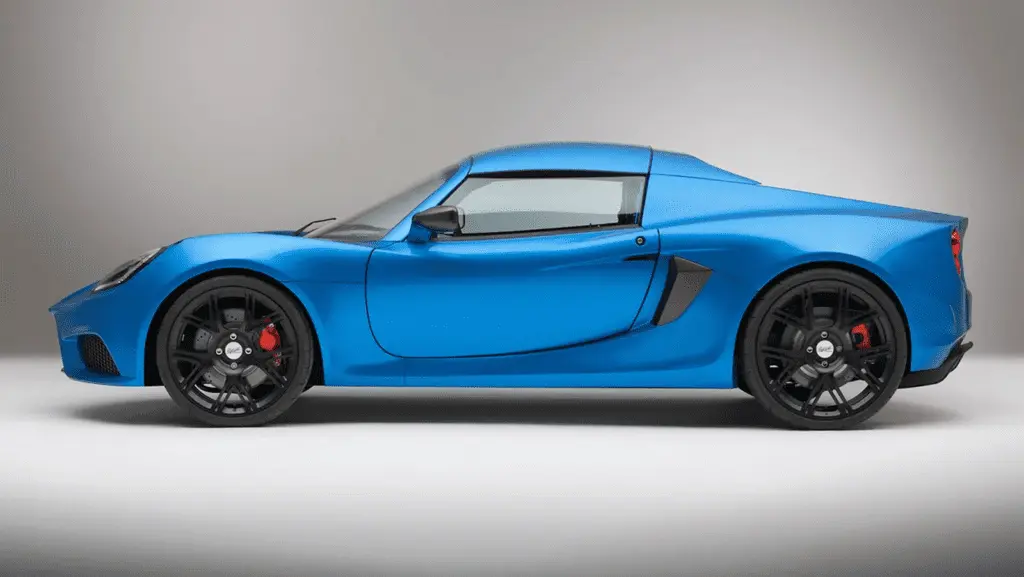
In 2008, the operation of the enterprise was restored by the American company "Zap" and the Chinese company "Youngman". Then they planned to produce a limited series of cars again, and in 2010 to start full production. Work has also begun to increase sales of new electric vehicles, including sedans and buses.
In 2016, a copy of the "Detroit Electric" appeared on the market in the "SP: 0" model. The two-seater roadster has become an interesting modern solution, in total 999 cars were produced: the offer is very limited. The cost of such a novelty can vary from 170 euros to 000 euros, the amount may vary depending on the design of the car, its interior decoration and the country of purchase. Experts rate “SP: 200” as a profitable investment, as it was able to become a legend in just a few years. This is an expensive car that has serious competitors: electric cars from Tesla, Audi, BMW and Porsche Panamera. The current status of the company is unknown, and there has been no news on the official website since 000.
Detroit Electric museum exhibits

Some Detroit Electric cars are still on the move, but many of them act only as museum pieces in order to preserve all mechanisms and batteries. At the Edison Technology Center in Schenectady, you can see a fully working and refurbished electric vehicle owned by Union College.
Another similar specimen is located in Nevada, at the National Automobile Museum. It was produced in 1904, and since that time the batteries have not been changed in the car, and Edison's iron-nickel battery also remained. A few more cars can be seen at the AutoWorld Museum in Brussels, at the German Autovision and at the Australian Motor Museum.
The safety of the vehicles can impress any visitor as they appear to be brand new. All presented specimens are more than 100 years old, so they all require special care.
